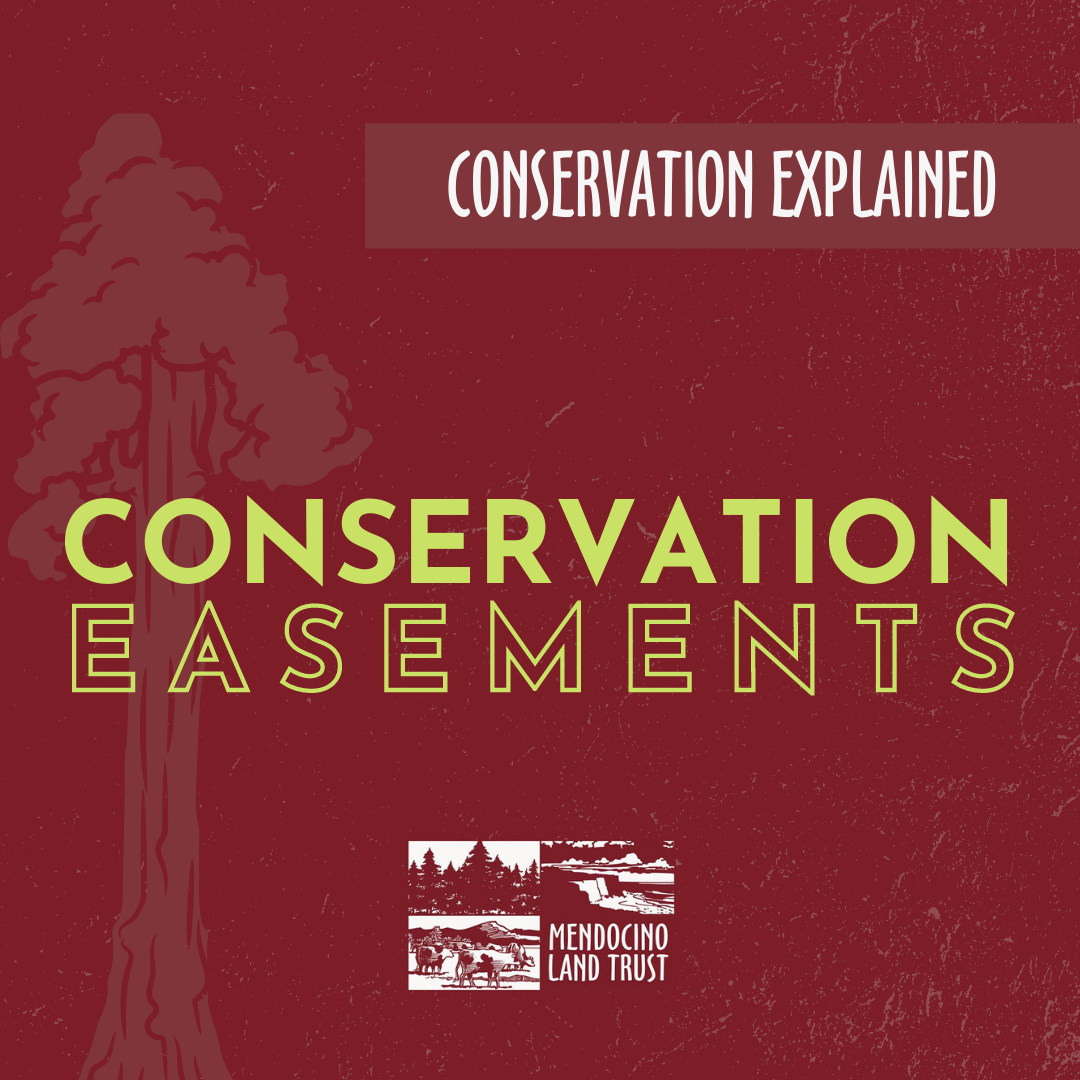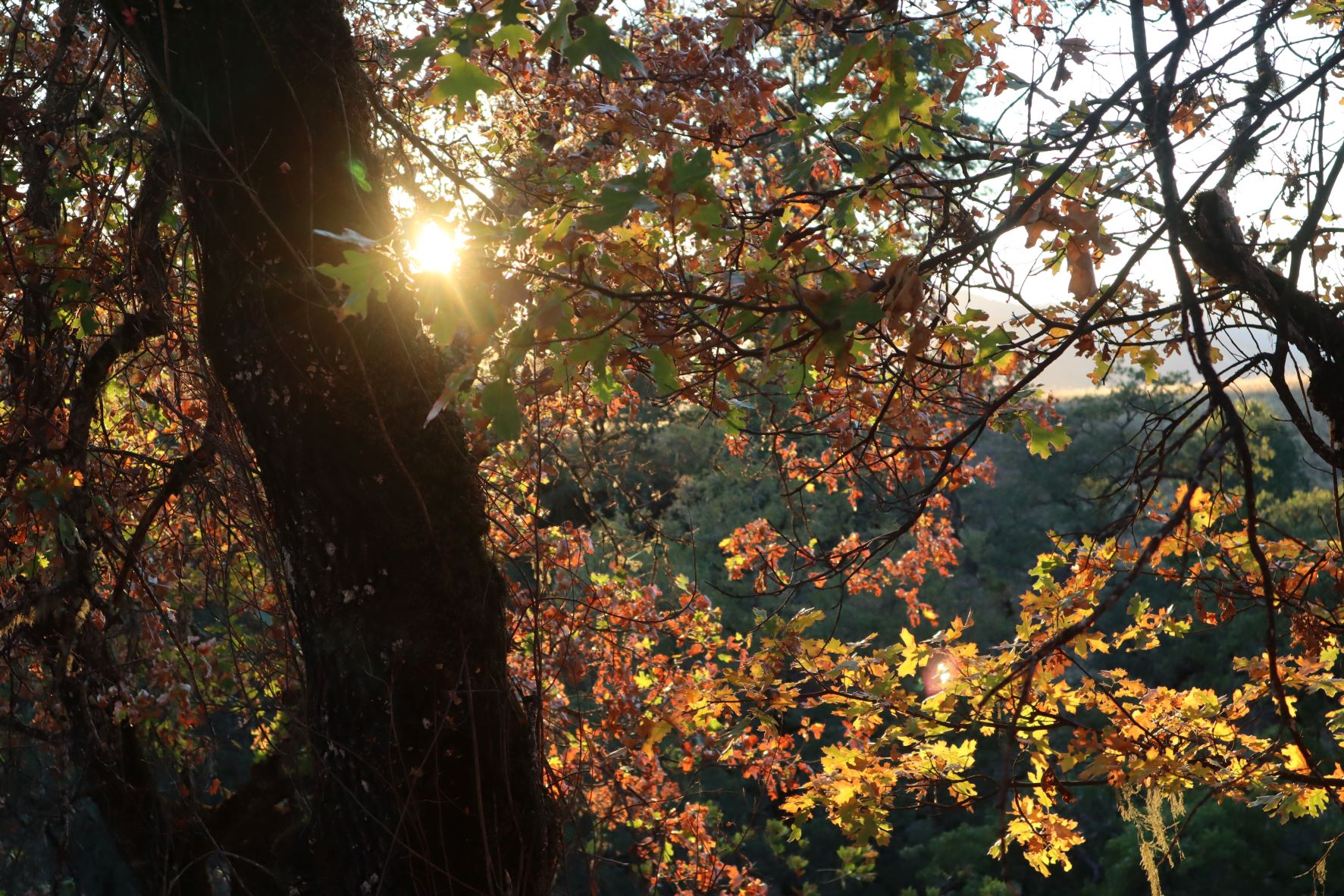News
Conservation Easements
November 11, 2022
The idea of conservation is simple: It is the protection of wild and important land. But exactly how the Mendocino Land Trust makes sure land is protected, habitats are healthy, and the public gains access to beautiful places is complex work. This is the first in an occasional series called Conservation Explained.

This month, let’s focus on Conservation Easements, which are a critical part of our work to expand protected land and habitat in Mendocino County.
What Is a Conservation Easement?
Conservation Easements – or CEs as we call them around the office – are agreements between a landowner and a government or nonprofit entity, like a land trust, to limit development and environmental destruction on all or part of the landowner’s land in perpetuity. CEs are attached to property deeds, so future property owners must abide by the terms of the CE as well. A CE might limit how much building can be done on a parcel, what acres or species must be left untouched, or how the land can be used. The reason an agreement is made between the landowner and a land trust is that the agreement requires a commitment to monitor the land and enforce the terms of the agreement in perpetuity. At MLT, we monitor 26 such easements, totaling more than 14,500 acres, with more CEs in the works.

What are the Benefits and Drawbacks of Conservation Easements?
Conservation Easements allow landowners to protect the property they love, even after the property passes to their heirs or if the property is sold. Monitoring and enforcement provisions provide peace of mind that their cherished place will remain a home for wildlife and that special landscapes will be protected for generations. Most landowners donate conservation easements to land trusts, which means they are giving the land’s development potential to the land trust. However, tax deductions may make the CE donation financially beneficial for the landowner. On rare occasions a land trust could actually purchase the CE, or the land’s development potential, from the landowner using governmental grants. This is usually only possible if the land exceeds 1,000 acres and is very important ecologically. Land with important agricultural soils can also receive grant funding for CE purchase. These do not need to be large acreages
Unfortunately, creating CEs can be very expensive to process. Between the documentation required and the donation needed to fund ongoing monitoring work, this version of conservation can be expensive for individual landowners. MLT and other land trusts are exploring ways to assist people with these costs, but it remains the biggest barrier to this kind of conservation. Landowners should also be aware that, while the overall financial results may be positive, restricting development in this way could bring the property value down.
Do You Have Property to Conserve?
If you have a piece of land you would like to conserve for future generations, this is one way you can protect it. If you would like to talk to our conservation project managers about whether a CE is right for you, let us know here!